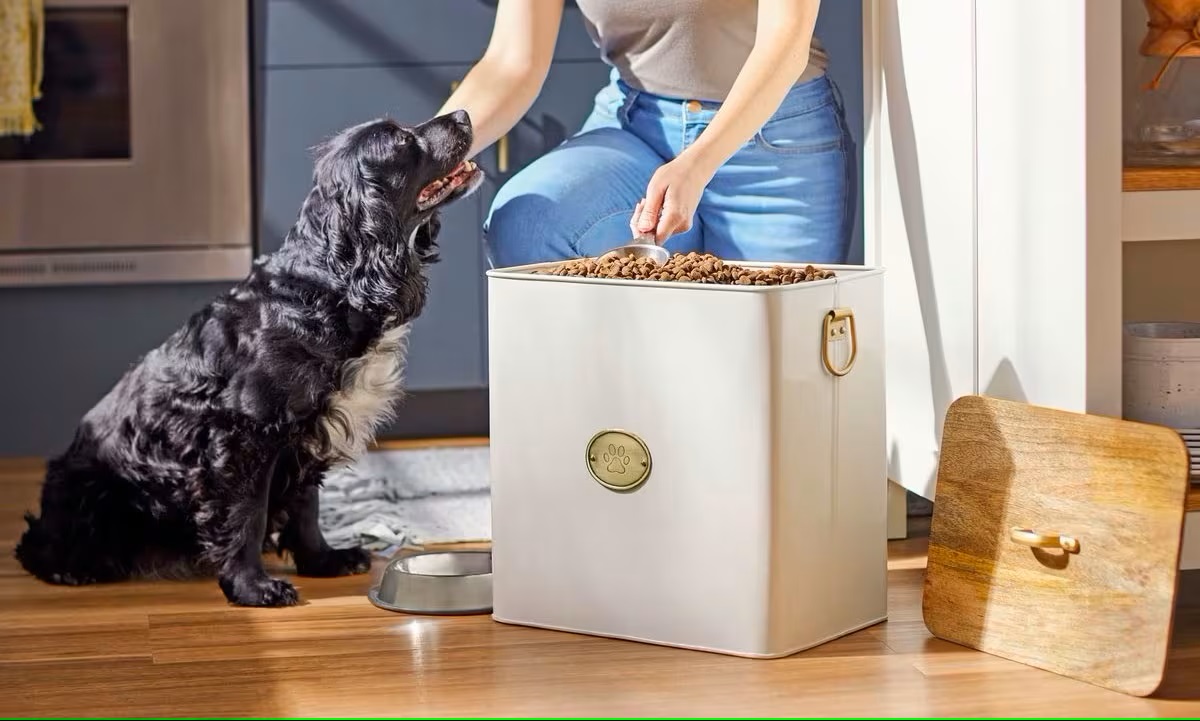

Articles
How To Store Dry Dog Food Long Term
Modified: August 27, 2024
Learn how to store dry dog food long term in this informative article. Discover the best methods and tips for preserving the freshness and nutrition of your pet's food.
(Many of the links in this article redirect to a specific reviewed product. Your purchase of these products through affiliate links helps to generate commission for Storables.com, at no extra cost. Learn more)
Introduction
Dry dog food is a popular choice for pet owners due to its convenience, long shelf life, and nutritional benefits. However, storing dry dog food long term requires careful consideration to ensure its freshness and quality. Whether you buy in bulk or want to have an emergency supply on hand, proper storage is essential to maintain the taste, texture, and nutritional value of the food.
In this article, we will explore the reasons why you may want to store dry dog food long term, discuss the factors to consider before storing, and provide you with step-by-step instructions on how to store dry dog food to maximize its shelf life. Additionally, we will offer tips on prolonging the shelf life of dry dog food and discuss the importance of monitoring and rotating the stored food.
By following the guidelines provided in this article, you can ensure that your furry friend’s dry food remains fresh, palatable, and nutritionally balanced even when stored for an extended period of time.
Key Takeaways:
- Storing dry dog food long term offers cost savings, emergency preparedness, convenience, consistency in feeding, prevention of food waste, and nutritional integrity. It ensures your furry friend’s well-being and saves you money.
- Properly sealing, labeling, and monitoring the stored dry dog food, choosing the right storage containers, and following tips for prolonging shelf life are essential for maintaining freshness and quality. These practices ensure your pet receives high-quality meals even when stored for an extended period.
Read more: How To Store Dry Milk Long Term
Why Store Dry Dog Food Long Term?
There are several reasons why storing dry dog food long term can be beneficial for you and your furry friend. Let’s explore some of the key reasons:
- Cost savings: Buying dry dog food in bulk can often provide significant cost savings compared to purchasing smaller bags. By storing it long term, you can take advantage of discounts and promotions, ensuring that you always have a supply of affordable and quality food for your dog.
- Emergency preparedness: Having a stockpile of dry dog food can be a crucial part of your emergency preparedness plan. Natural disasters, unexpected situations, or temporary food shortages can disrupt the availability of pet food. By storing dry dog food long term, you can ensure your furry friend is well-fed and cared for, even during challenging times.
- Convenience: Storing dry dog food long term eliminates the need for frequent trips to the store and minimizes the hassle of running out of food unexpectedly. It provides convenience, especially for busy pet owners who may not have time to frequently restock their dog’s food supply.
- Consistency in feeding: Maintaining a consistent diet is essential for your dog’s digestive health. By storing dry dog food long term, you can ensure that your pet receives the same brand and type of food they are accustomed to, reducing the risk of digestive upset or dietary issues.
- Prevention of food waste: Dry dog food has a longer shelf life compared to wet food, making it less prone to spoilage. Properly stored dry dog food can maintain its freshness and nutritional value for an extended period. Storing it long term allows you to prevent food waste by using up the food before it expires.
- Nutritional integrity: Dry dog food is specially formulated to provide a complete and balanced diet for dogs. By storing it long term, you can ensure that the food retains its nutritional integrity and meets your pet’s dietary needs.
Considering these reasons, it becomes clear why storing dry dog food long term is a wise decision. It not only saves you money and offers convenience but also ensures your pet’s well-being during emergencies and maintains their nutrition and digestive health.
Factors to Consider Before Storing Dry Dog Food
Before you start storing dry dog food long term, it’s important to take several factors into consideration to ensure the safety and quality of the food. Here are some key factors to keep in mind:
- Expiration dates: Check the expiration dates on the packaging of the dry dog food you intend to store. It’s crucial to use food that is within the recommended expiration period to ensure its freshness and nutritional value.
- Quality of the packaging: Take note of the quality of the packaging. Look for bags that are sturdy, intact, and have airtight seals. Damaged packaging can allow moisture and insects to penetrate, compromising the food’s quality.
- Storage temperature: The temperature at which you store dry dog food is crucial to maintaining its freshness. It is recommended to store the food in a cool and dry location, away from direct sunlight and extreme temperatures. Excessive heat or humidity can promote the growth of bacteria or mold, leading to the spoilage of the food.
- Storage location: Choose a suitable storage location that is free from pests. Avoid areas with a high risk of rodents or insects infestations, such as basements or garages without proper pest control measures in place.
- Odor control: Dry dog food can absorb odors from its surroundings, which may impact its taste and palatability. Store the food away from strong-smelling substances such as cleaning supplies, chemicals, or even strong-smelling pet treats to preserve the food’s intended flavor.
- Space availability: Consider the amount of space you have for storing dry dog food. Determine whether you have enough storage containers or shelving to accommodate the quantity of food you plan to store.
- Rotation method: Establish a system for rotating the stored dry dog food to ensure that the oldest food is used first. This helps prevent the food from expiring or losing its nutritional value before it is consumed.
By taking these factors into account, you can ensure that the dry dog food you store remains fresh, safe, and of high quality. This will help provide your furry friend with nutritious meals for an extended period of time.
Steps to Store Dry Dog Food Long Term
When it comes to storing dry dog food long term, there are a few essential steps to follow to maintain its freshness and quality. Let’s dive into the process:
- Inspect the packaging: Before storing the dry dog food, carefully inspect the packaging for any damage or signs of tampering. Make sure the bags are intact and airtight, without any rips or tears that could allow moisture or pests to enter.
- Transfer to airtight containers: While the original packaging is designed to keep the food fresh, transferring it to airtight containers adds an extra layer of protection. Use food storage containers that are specifically designed for dry dog food and are made from BPA-free materials. These containers will help keep the food dry, protect it from pests, and maintain its nutritional integrity.
- Determine the amount of food: Calculate the amount of dry dog food you plan to store based on your pet’s needs and the storage space available. It’s important not to overstock, as this can lead to food spoilage or a decrease in quality over time.
- Fill the containers: Fill the airtight containers with the appropriate amount of dry dog food. Be sure not to overcrowd the containers, as some extra space is needed for the food to expand if stored for a long period. It’s recommended to leave about 25% of the container empty for this purpose.
- Seal the containers: Once filled, seal the containers tightly to prevent air and moisture from entering. Check that the lids are securely fastened to maintain an airtight environment.
- Label the containers: Properly label each container with the brand, type of food, date of storage, and expiration date to ensure proper rotation. This will help you keep track of when the food was stored and when it needs to be used to maintain its freshness.
- Choose an appropriate storage location: Find a cool and dry location to store the containers. It’s best to keep them away from direct sunlight, extreme temperatures, and areas that are prone to moisture. Basements or pantries can be ideal, as long as they are free from pests and have proper ventilation.
- Monitor and rotate the food: Regularly check the stored dry dog food for any signs of spoilage, such as mold, pests, or an off smell. Rotate the containers, using the oldest food first and replenishing it with fresh food to ensure that it doesn’t go past its expiration date.
By following these steps, you can store dry dog food long term in a manner that preserves its freshness, nutritional value, and taste. Your furry friend will continue to enjoy high-quality meals, even when stored for an extended period.
Choosing the Right Storage Containers for Dry Dog Food
When it comes to storing dry dog food long term, choosing the right storage containers is crucial to maintain the freshness and quality of the food. Here are a few factors to consider when selecting storage containers:
- Airtightness: Look for containers that are specifically designed to be airtight. This helps to keep moisture, air, and pests out, ensuring that the dry dog food remains fresh and free from contamination.
- Material: Opt for food-grade containers made from high-quality materials. BPA-free plastic containers or stainless steel bins are excellent choices. Avoid containers made from low-quality plastics, as they may contain harmful chemicals that can leach into the food.
- Capacity: Consider the size of your pet and their food consumption when choosing the container size. It’s best to select a container that can accommodate a sufficient amount of dry dog food without overcrowding. This will prevent the food from becoming stale or losing its quality.
- Ease of use: Look for containers with user-friendly features such as handles, pour spouts, or stackable designs. These features make it easier to handle and access the dry dog food, especially if you need to pour it into a measuring cup or dispense it into a bowl.
- Transparency: Opt for containers that are transparent or have a clear window. This allows you to easily see the amount of dog food remaining and enables you to monitor the food for any signs of spoilage or contamination.
- Easy to clean: Choose containers that are easy to clean to maintain food hygiene. Look for options that are dishwasher safe or have removable parts for thorough cleaning.
- Space efficiency: Consider the available storage space when selecting containers. Look for containers that can be stacked or nested together to optimize space utilization, especially if you plan to store multiple containers.
- Durability: Ensure that the containers are durable and can withstand the test of time. Look for containers with sturdy construction that can resist impacts and withstand regular use without cracking or breaking.
By considering these factors, you can choose the right storage containers for dry dog food that provide an airtight seal, maintain freshness, and make it convenient to access and dispense the food. These containers will help preserve the quality and nutritional value of the dry dog food, ensuring that your pet receives high-quality meals for an extended period.
Store dry dog food long term by keeping it in its original bag or airtight container, away from sunlight and moisture. Use a cool, dry place and rotate stock to ensure freshness.
Read more: How To Store Dry Ice Long Term
Properly Sealing and Labeling the Storage Containers
Properly sealing and labeling the storage containers for dry dog food is essential to maintain its freshness, track its expiration dates, and ensure easy identification. Follow these guidelines for sealing and labeling:
- Sealing the containers: Before storing the dry dog food, make sure the storage containers are clean and dry. Ensure that the lids or covers are tightly secured to create an airtight seal. This helps prevent air, moisture, and pests from entering, keeping the food fresh.
- Using additional protective measures: For added protection, consider placing a moisture-absorbing packet or oxygen absorber inside the container before sealing. These packets help to absorb excess moisture and prevent the food from spoiling or becoming stale.
- Labeling the containers: Clearly label each storage container with important information. Include details such as the brand, type of dry dog food, date of storage, and expiration date. This allows you to easily identify and retrieve the appropriate food when needed, without confusion.
- Using waterproof labels: To prevent smudging or fading, choose waterproof labels or use permanent markers to write directly on the container. This ensures that the information remains clear and legible even if the container becomes wet or damp.
- Updating labels: Whenever you replenish the supply or add new dry dog food to the containers, update the labels with the most recent information. This keeps the storage system organized and helps you track the rotation of the food effectively.
- Storing the containers properly: Place the sealed and labeled containers in a cool, dry, and clean location. Avoid areas that are exposed to direct sunlight, extreme temperatures, or high humidity. Proper storage conditions help preserve the nutritional value and quality of the dry dog food over time.
- Regularly checking the labels: Periodically check the labels on the containers to ensure there are no smudges or fading. If necessary, re-label the containers to maintain clear and accurate information. This will help you stay organized and ensure that you are using the oldest food first.
By properly sealing and labeling the storage containers for dry dog food, you can maintain the food’s freshness, track its expiration dates, and easily identify the contents of each container. This efficient system not only helps in maintaining the quality of the food but also ensures that your furry friend receives the appropriate meals at the right time.
Storing Dry Dog Food in a Cool and Dry Location
The location where you store dry dog food is crucial to maintaining its freshness, flavor, and nutritional value. Choosing a cool and dry environment helps to prevent the food from spoiling or losing its quality. Here are some important considerations when selecting a storage location:
- Avoiding direct sunlight: Exposure to direct sunlight can cause the temperature inside the storage area to rise, potentially compromising the quality of the dry dog food. Find a storage location that is away from windows or areas that receive direct sunlight throughout the day.
- Controlling temperature: Dry dog food should be stored in a cool location with a consistent temperature. High temperatures can accelerate the breakdown of important nutrients and can contribute to the growth of bacteria or mold. Avoid storing the food near appliances or areas that generate heat.
- Minimizing humidity: Moisture is one of the biggest enemies when it comes to storing dry dog food. Excess humidity can lead to the growth of mold and create an environment for bacterial contamination. Choose a storage location that has low humidity levels and is free from areas prone to dampness, such as basements or areas near water sources.
- Pest prevention: Keep the dry dog food safe from pests by storing it in an area that is inaccessible to rodents, insects, or other animals. Seal any cracks or entry points that pests could use to access the storage location. Use pest control measures, such as traps or repellents, as appropriate.
- Proper ventilation: Good ventilation is important to minimize the risk of moisture accumulation. Ensure that the storage location has proper airflow to prevent the formation of condensation and the growth of mold.
- Cleanliness: It is crucial to store dry dog food in a clean environment. Regularly clean the storage area to remove any debris, dust, or potential contaminants. This helps to maintain the hygiene of the food and prevent the introduction of any unwanted substances.
- Organized storage: Keep the storage area organized to facilitate easy access and rotation of the dry dog food. Place the storage containers on shelves or racks, ensuring that they are properly labeled and organized according to their expiration dates. Regularly check and rotate the food to use the oldest containers first.
By choosing a cool and dry location for storing dry dog food, you can help preserve its freshness, nutritional value, and palatability. Proper storage conditions play a vital role in ensuring that your furry friend receives high-quality meals every time.
Monitoring and Rotating the Stored Dry Dog Food
Monitoring and rotating the stored dry dog food is crucial to ensure its freshness, nutritional value, and safety for your furry friend. By following these steps, you can effectively manage the stored food and prevent it from going bad:
- Regularly check for signs of spoilage: Periodically inspect the stored dry dog food for any signs of mold, pests, or an off smell. If you notice any signs of spoilage, dispose of the affected food immediately to prevent contamination.
- Check expiration dates: Keep track of the expiration dates of the dry dog food. Regularly check the labels on the storage containers to ensure that the oldest food is being used first and that no food becomes expired.
- Rotate the food: Implement a first-in, first-out (FIFO) system for rotating the stored dry dog food. When replenishing the supply or adding new food to the storage containers, place the new food at the back and move the older food to the front. This ensures that you are consistently using up the oldest food before it reaches its expiration date.
- Keep the storage area clean: Regularly clean the storage area to ensure it remains free from debris, pests, and potential contaminants. Wipe down the storage containers as needed to maintain their cleanliness.
- Monitor environmental conditions: Keep an eye on the temperature and humidity levels in the storage area. Ensure that it remains within the recommended ranges to prevent spoilage or degradation of the dry dog food.
- Discard compromised food: If you detect any signs of mold, a foul odor, or pests in the stored dry dog food, it is crucial to discard it immediately. Never feed your pet any food that appears to be spoiled or compromised.
- Avoid excessive handling: Minimize the amount of exposure the dry dog food has to air by avoiding excessive handling. Each time the food is exposed to air, it can contribute to the deterioration of its quality.
By regularly monitoring and rotating the stored dry dog food, you can ensure that your pet is consuming fresh and safe meals. This practice helps to maintain the nutritional value and taste of the food, providing your furry friend with the best possible nourishment.
Tips for Prolonging the Shelf Life of Dry Dog Food
Prolonging the shelf life of dry dog food is essential to ensure that it remains fresh, safe, and nutritionally balanced for your furry friend. Here are some tips to help you prolong the shelf life of dry dog food:
- Store in airtight containers: Transfer the dry dog food to airtight containers to prevent moisture, air, pests, and odors from entering. This helps to maintain the freshness and nutritional integrity of the food.
- Keep the original packaging intact: If you choose to keep the dry dog food in its original packaging, ensure that it is properly sealed and not damaged. The packaging is designed to protect the food from external factors and maintain its quality.
- Avoid storing in extreme temperatures: Store dry dog food in a cool and dry location away from direct sunlight, heat sources, and humidity. High temperatures can accelerate the breakdown of nutrients and increase the risk of spoilage.
- Avoid contamination: Prevent cross-contamination by storing dry dog food away from cleaning supplies, chemicals, and other strong-smelling substances. These odors can permeate the food and affect its taste and palatability.
- Avoid overbuying: Only purchase an amount of dry dog food that your pet can consume within a reasonable time frame. Buying in excessive quantities can increase the risk of the food going stale or losing its nutritional value before it is consumed.
- Keep food off the ground: If storing the dry dog food in a garage or basement, elevate the containers off the ground. This helps to prevent access by rodents or insects, reducing the risk of contamination.
- Avoid using damp utensils: When scooping dog food from the storage container, ensure that the utensils are dry to prevent moisture from entering the food. Moisture can contribute to mold growth or spoilage.
- Do not mix old and new batches: Avoid combining old and new batches of dry dog food in the same storage container. Mixing different expiration dates can lead to contamination and compromise the overall quality of the food.
- Monitor for signs of deterioration: Regularly check for signs of mold, pests, or an off smell in the stored dry dog food. If any contamination or spoilage is detected, discard the affected food and clean the storage containers thoroughly.
- Observe proper feeding practices: Follow the recommended feeding guidelines and avoid leaving dry dog food out for extended periods. Leaving food exposed for too long can increase the risk of spoilage and attract pests.
By following these tips, you can help extend the shelf life of dry dog food, ensuring that it remains fresh, safe, and nutritionally balanced for your furry companion. This allows you to provide them with high-quality meals while minimizing food waste.
Read more: How To Store Dry Goods Long Term
Conclusion
Storing dry dog food long term requires careful attention to detail to ensure that it remains fresh, safe, and nutritionally balanced for your furry friend. By considering factors such as expiration dates, storage containers, and the storage location, you can create an optimal environment for preserving the quality of the food. Properly sealing and labeling the storage containers, as well as monitoring and rotating the stored dry dog food, are essential practices to maintain freshness and prevent spoilage.
Choosing the right storage containers that are airtight, durable, and easy to clean helps to create a protective barrier against moisture, air, and pests. By properly sealing the containers and labeling them with important information, you can easily identify and track the food’s expiration dates. Storing dry dog food in a cool and dry location away from direct sunlight, extreme temperatures, and high humidity is crucial to preserving its quality and nutritional value. Monitoring the stored food regularly and implementing a first-in, first-out rotation system prevents the food from going bad and ensures that you use the oldest food first.
To prolong the shelf life of dry dog food, follow tips such as storing in airtight containers, avoiding extreme temperatures, and preventing contamination. Pay attention to the feeding practices, and always discard any food that shows signs of spoilage or deterioration. By implementing these strategies, you can provide your furry friend with fresh and nutritionally balanced meals, save costs, and be prepared for emergencies.
In conclusion, storing dry dog food long term requires proper storage containers, sealing, labeling, and monitoring to maintain its freshness and quality. By following the guidelines outlined in this article, you can ensure that your furry friend continues to receive high-quality meals even when stored for an extended period of time.
Frequently Asked Questions about How To Store Dry Dog Food Long Term
Was this page helpful?
At Storables.com, we guarantee accurate and reliable information. Our content, validated by Expert Board Contributors, is crafted following stringent Editorial Policies. We're committed to providing you with well-researched, expert-backed insights for all your informational needs.
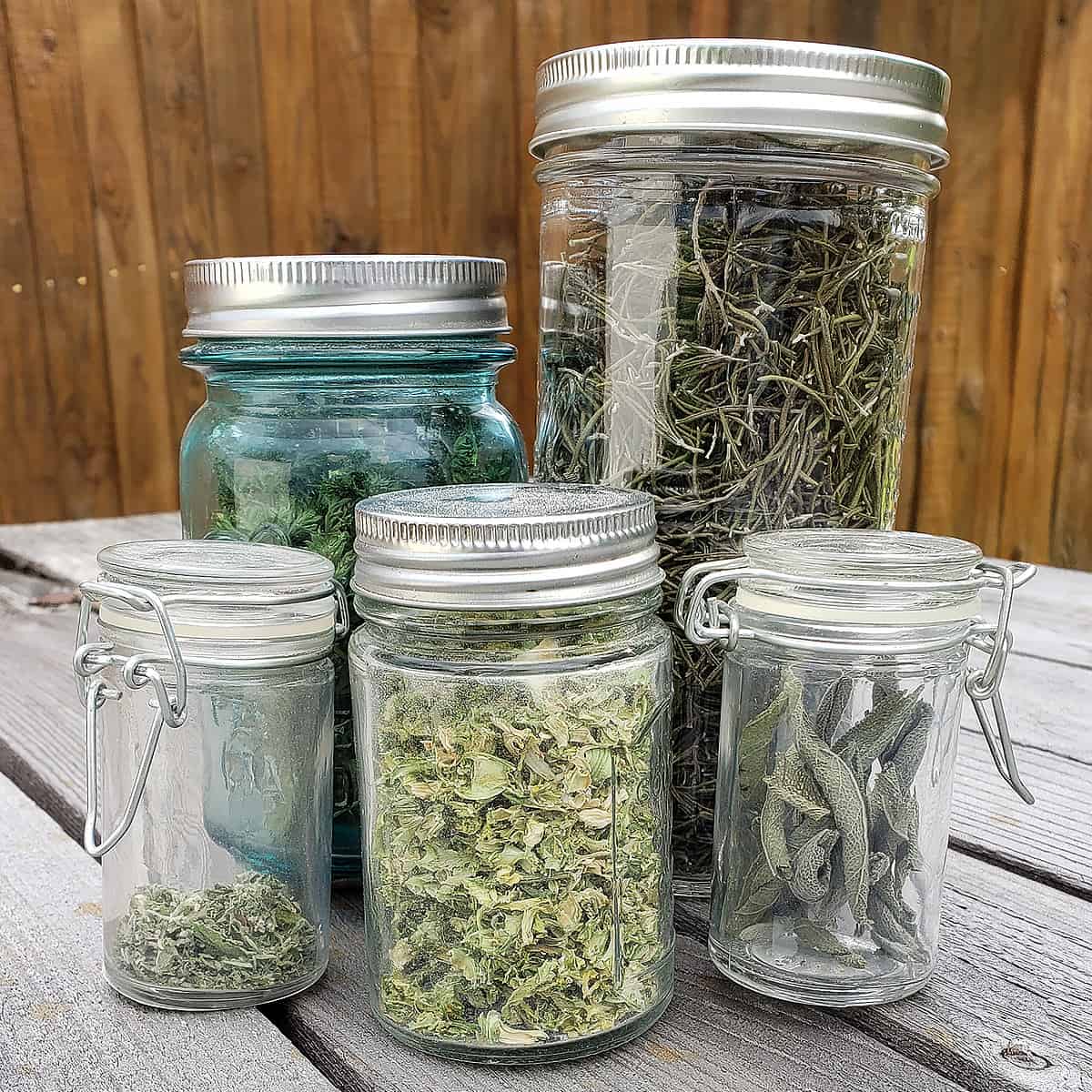


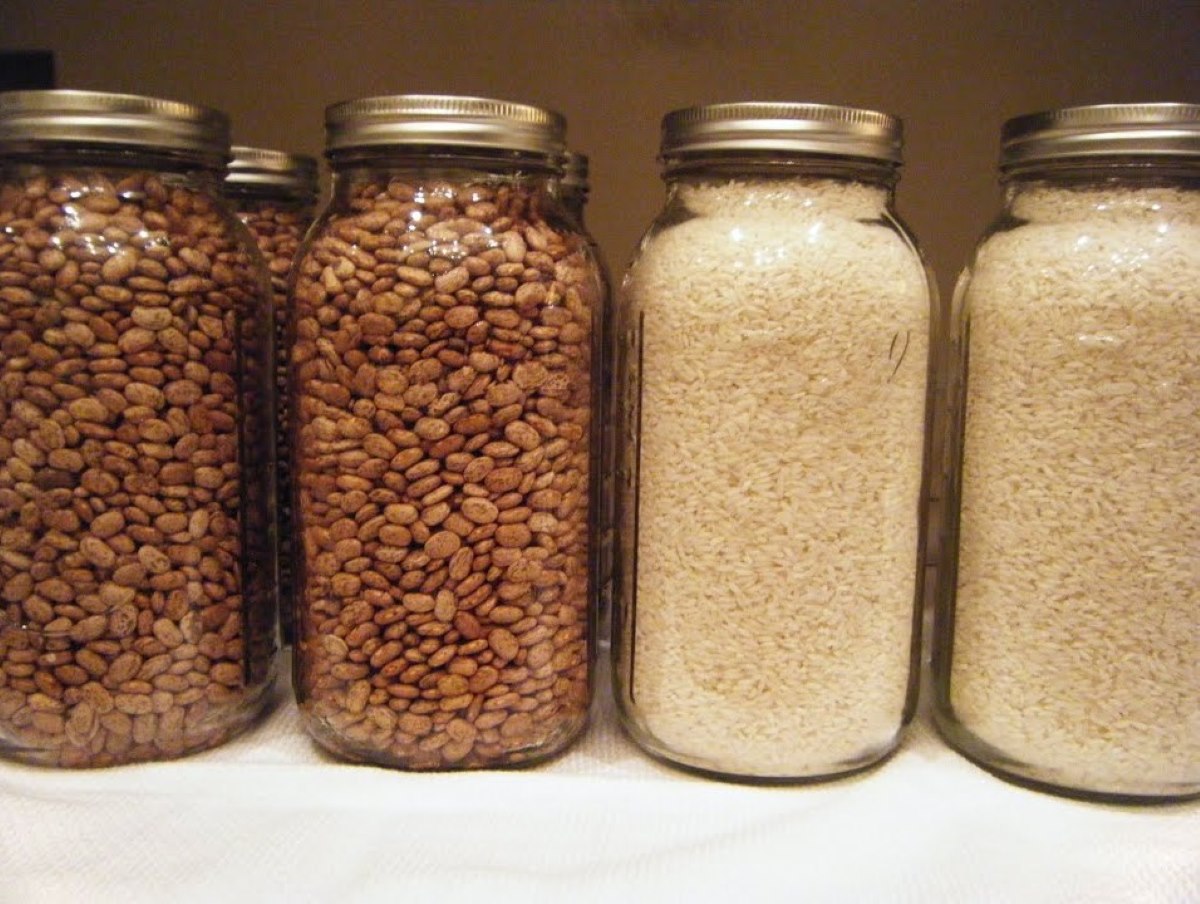
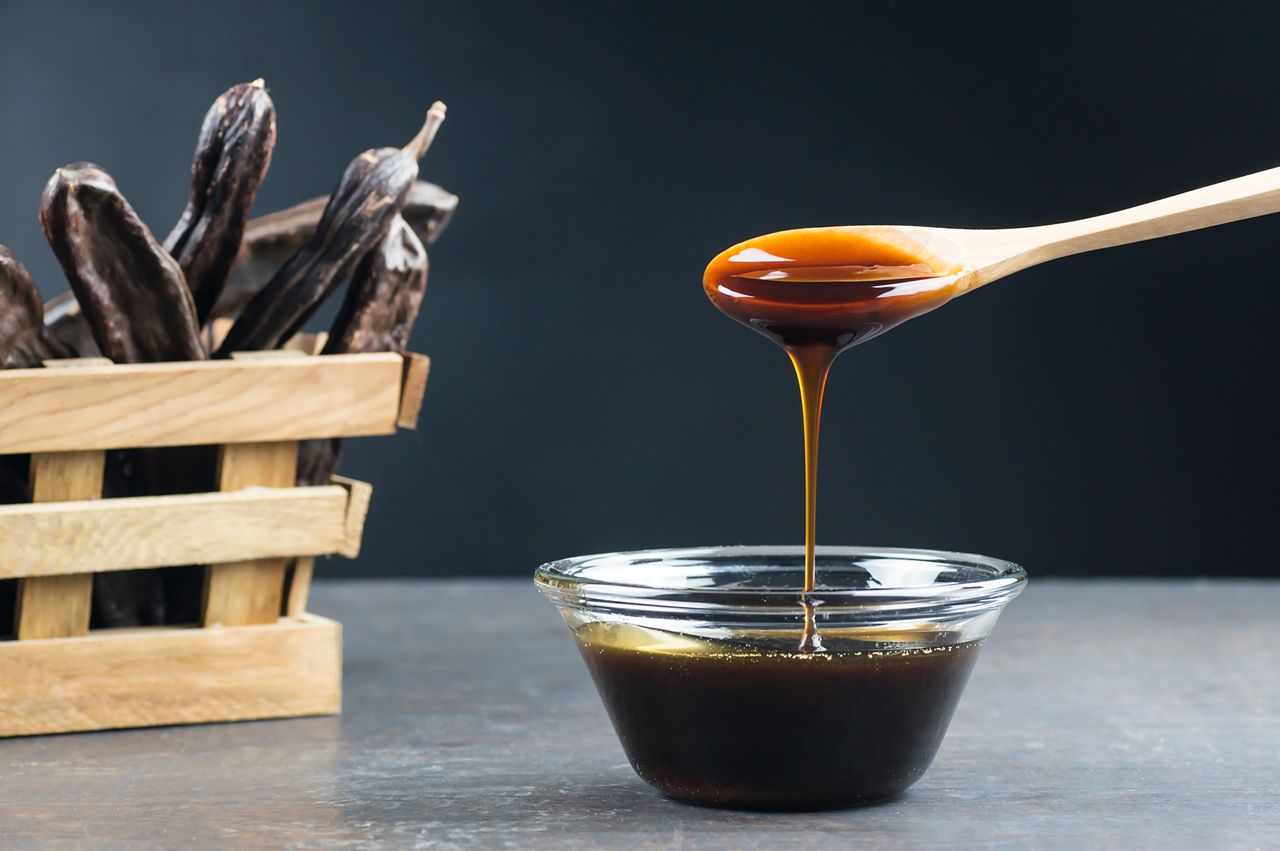
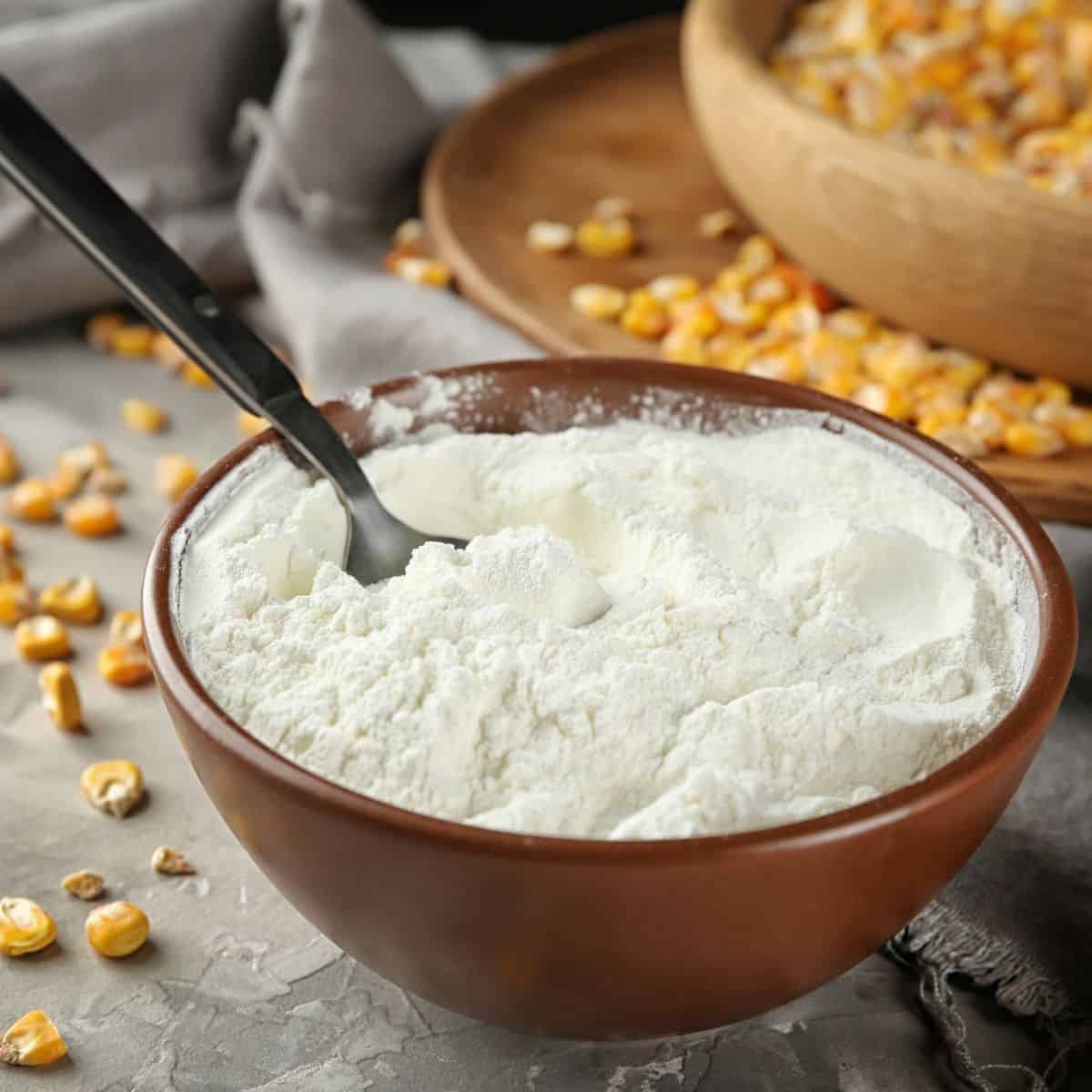
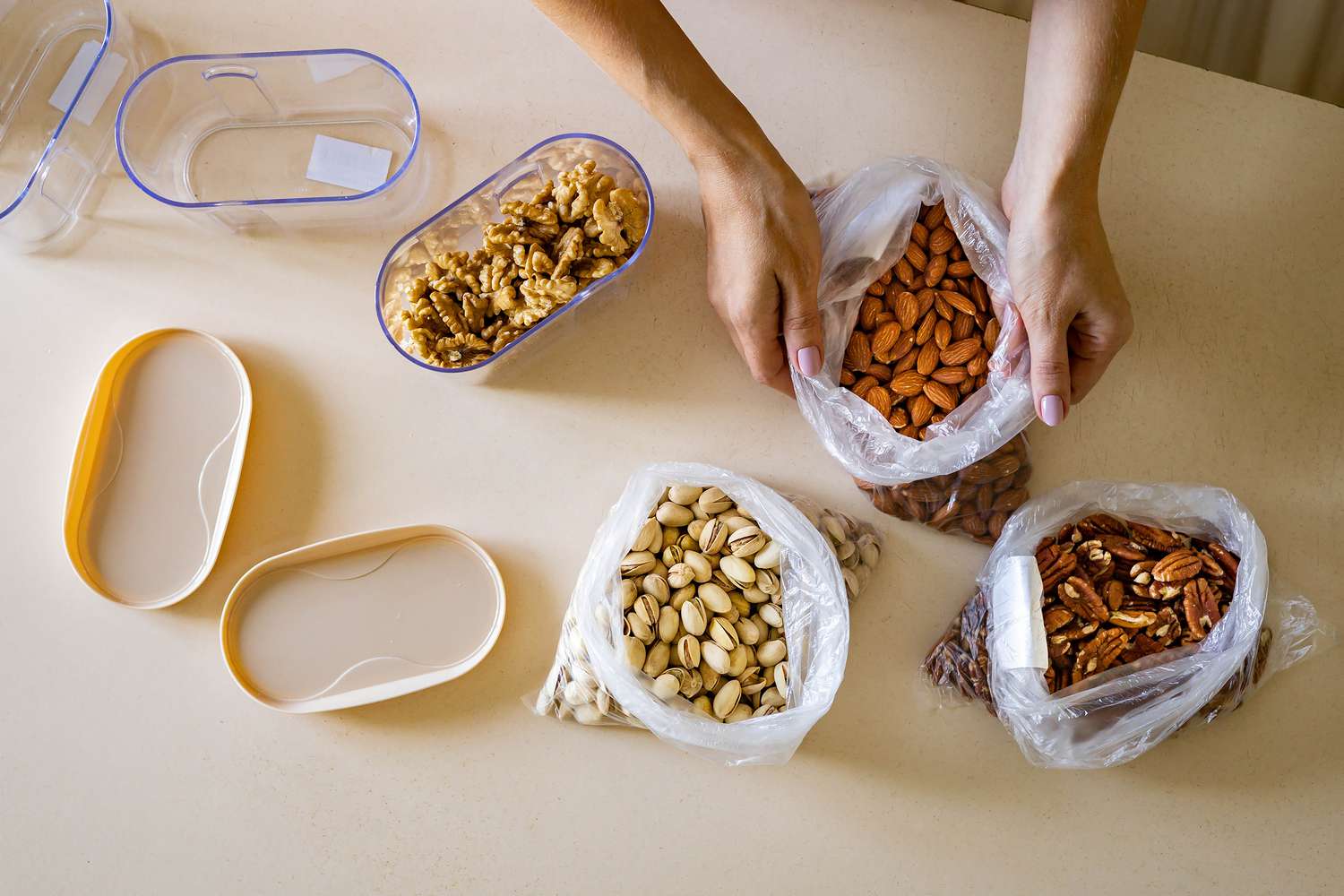
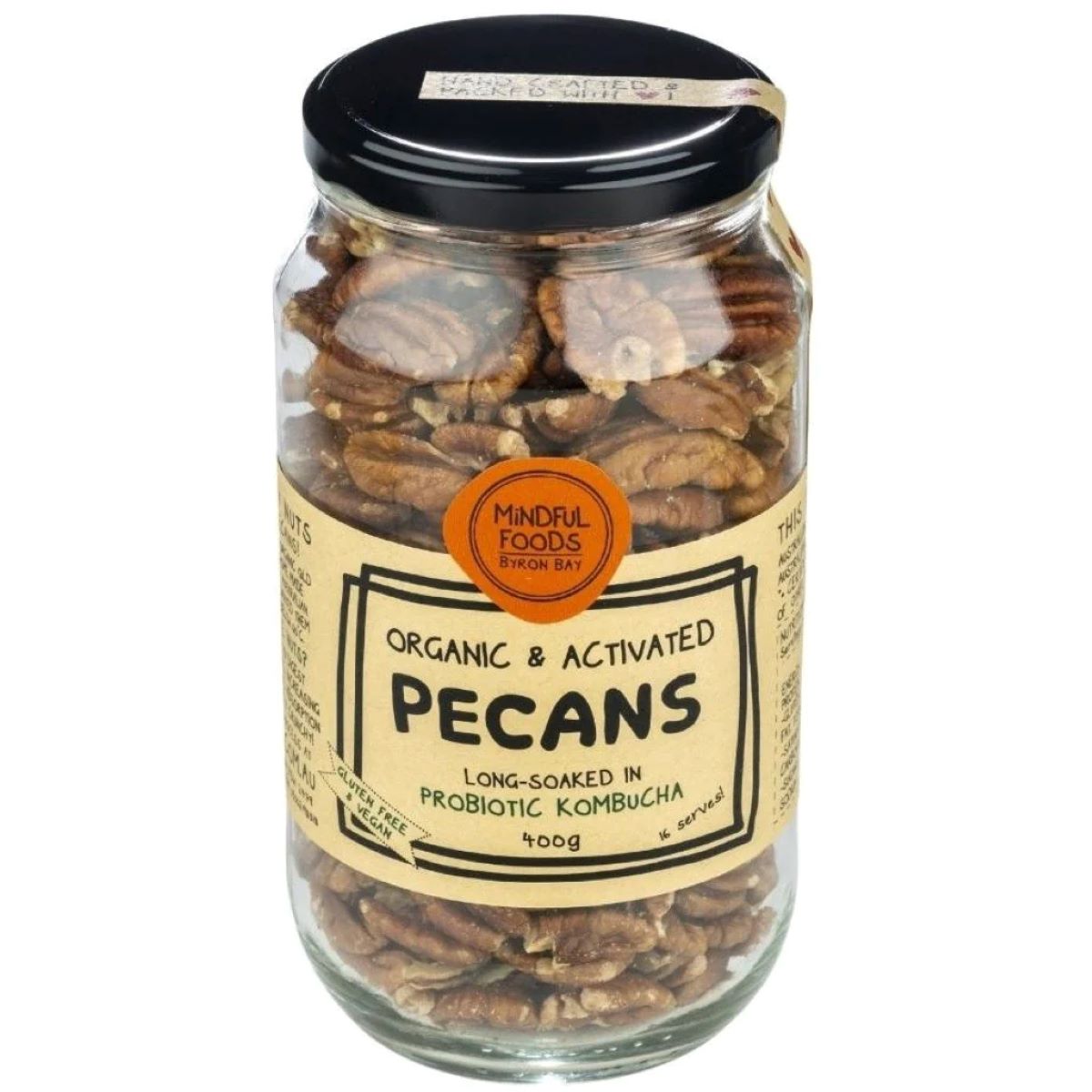
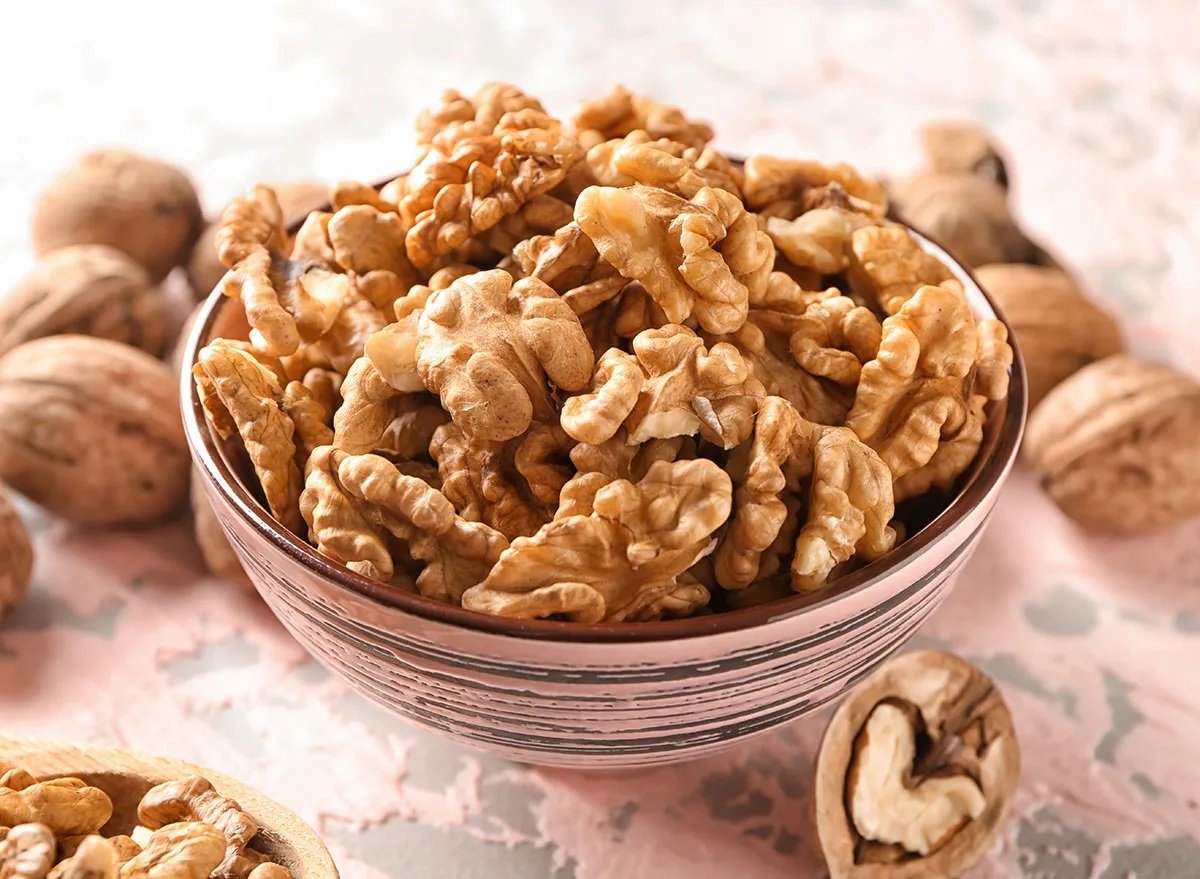


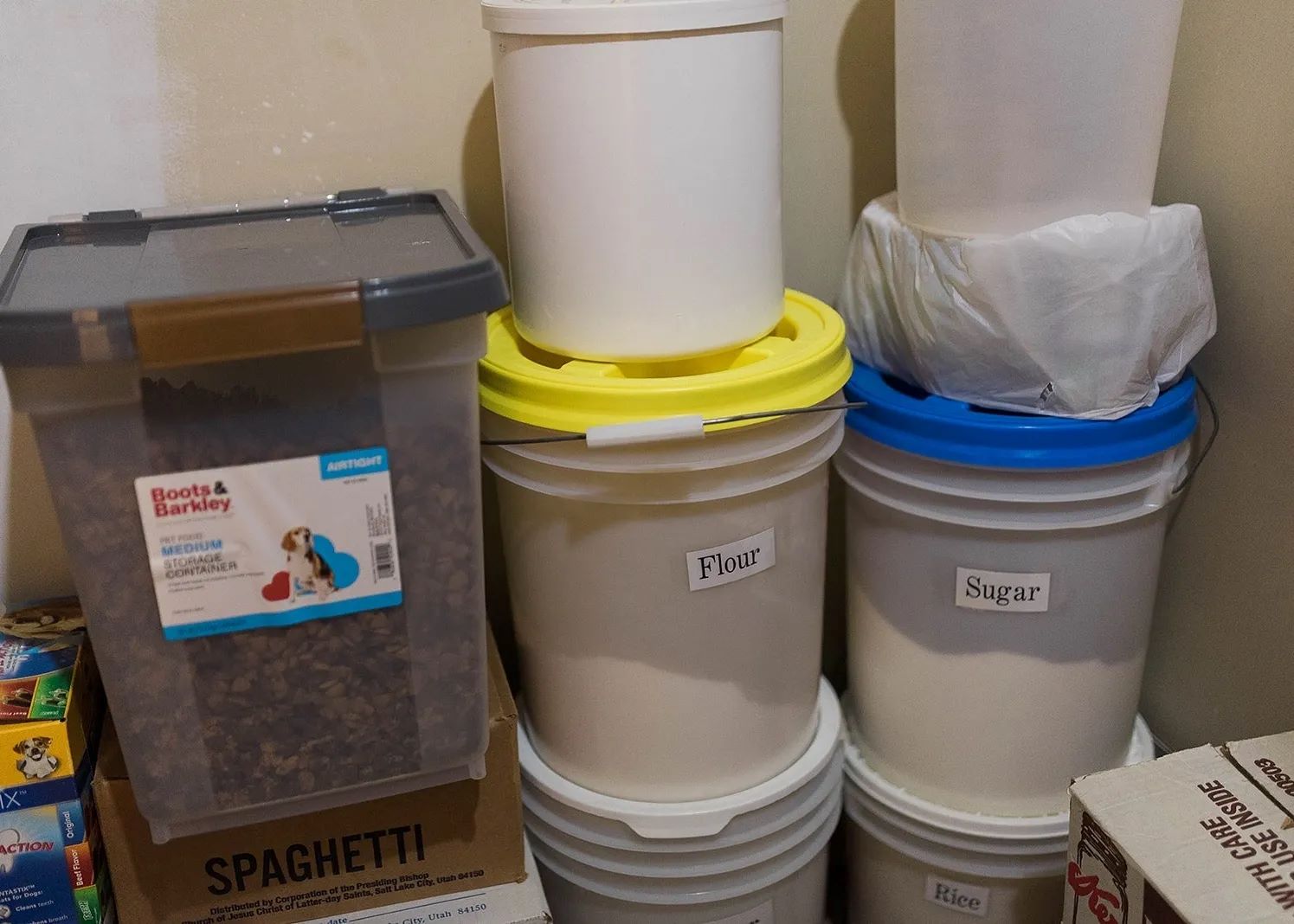
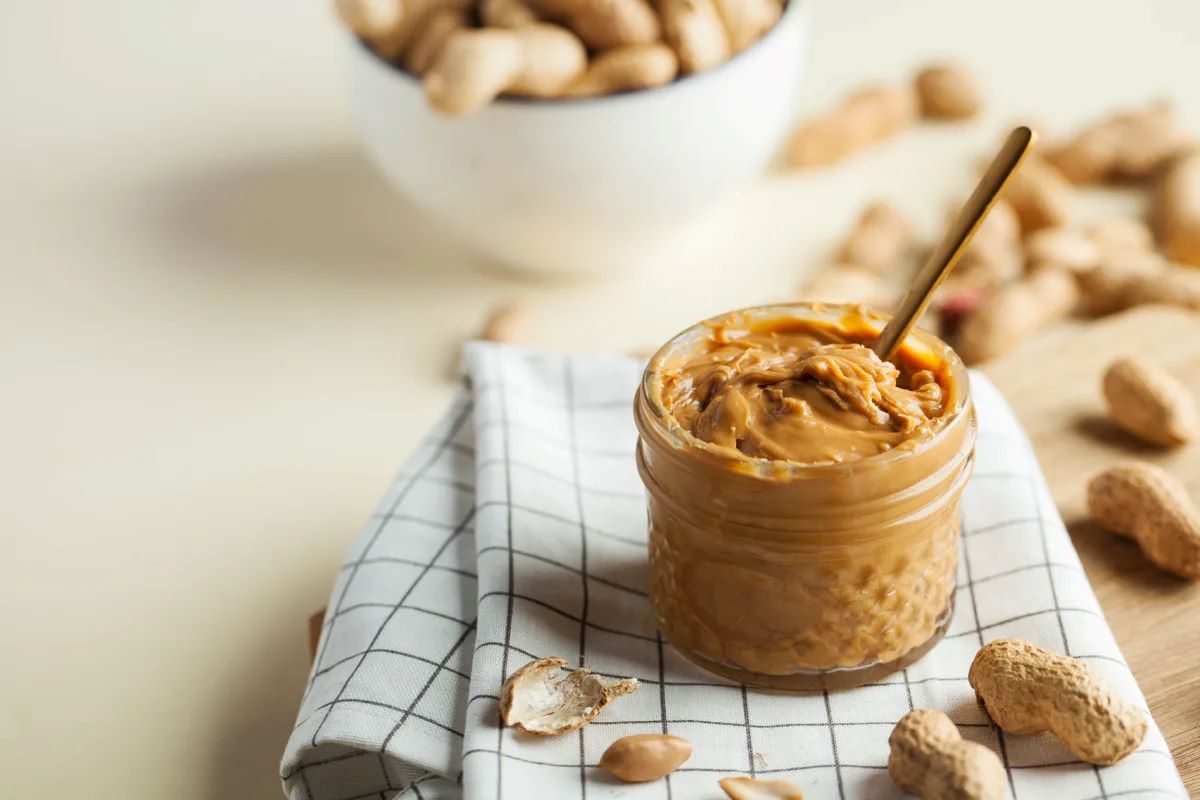

0 thoughts on “How To Store Dry Dog Food Long Term”